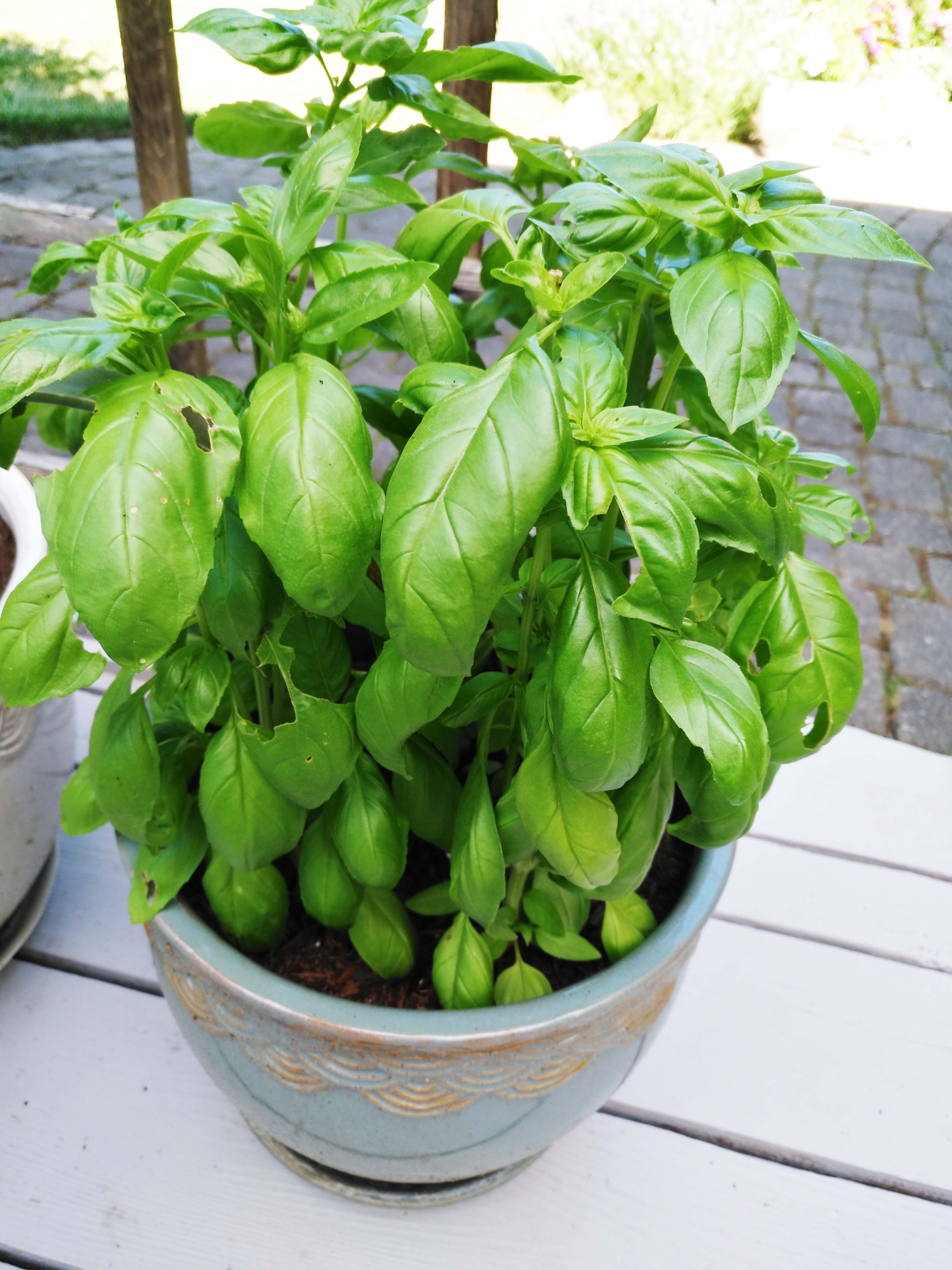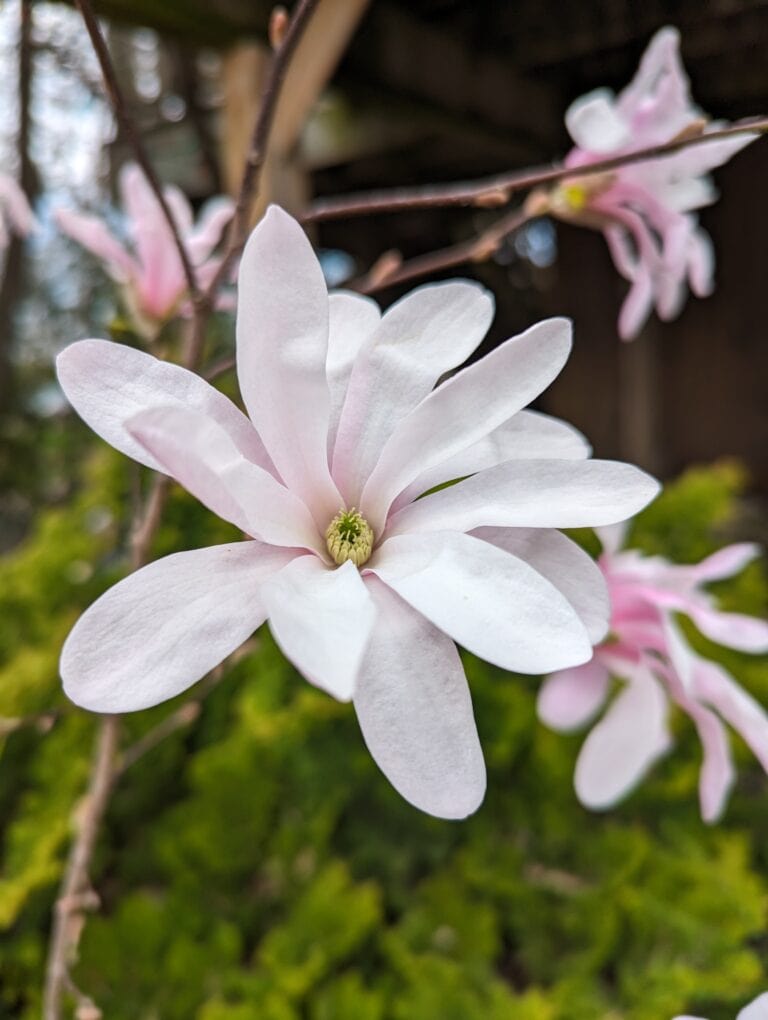Nothing brings a favourite recipe to life like some fresh herbs. Even better, fresh herbs from your own garden.
Whether you have a large garden or just a couple pots on a balcony, you can grow your own herbs.
The reason herbs and edible flowers smell and taste so good is because they contain essential oils. Essential does not mean the oils are needed by the plant, but rather the term refers to their essence or aroma.
Essential oils are volatile, meaning that they will vaporize when heated. Later we will look at how this information helps us understand how and when to harvest your herbs.
Harvesting your herbs may seem like an easy task, and it generally is, but there are right and wrong ways to do it.
Knowing when to harvest herbs for optimal flavour and how to do it is important.
Cutting the stems, leaves or flowers in a particular way will ensure the plant will continue growing and producing.
Here are some helpful tips to get the most from your herbs.
* As you are probably aware, some herbs are annual, such as parsley and basil, and need to be planted every year. Other, like sage, thyme, tarragon and oregano are perennial and will come back year after year.
Harvest your leafy annual herbs, like basil, by pinching off leaves at the tips of the stems. This will encourage new growth, making the plant fuller and keep it going.
Harvest leafy perennials herbs by removing longer stems of leaves. Stemmed herbs, like lavender, rosemary, parsley and cilantro should be harvested by cutting off outer stems at the base.
When harvesting annual herbs, you can cut back half to three-quarters of the plant at one time. For perennial herbs, never take more than one-third at a time. If harvesting herbs for flowers, remove the blooms before they are in full flower.
*You can start to cut your herbs when they are large enough to sustain new growth. Once you have planted your herbs, whether in the garden or in pots, wait until they have started to put on substantial growth before cutting them.
*Timing is essential for getting herbs at their peak flavour. Since essential oils in the plants are volatile and are diminished by heat, to maximize flavour you want to be cutting them when they are most aromatic and when the tasty oils in the plants are at their highest levels.
This occurs in the morning, after the dew had dried but before it’s hot outside.
*You do not want your herbs to develop flowers unless you are using the flowers themselves. If you use the leaves after the flowers appear, they will have a more bitter taste. To keep getting a harvest of leaves, you can pinch flowers off as they begin to show.
*Water the plants a day before you harvest so your plants aren’t stressed out.
*It is better to harvest after a few sunny days than after a rainy spell.
*Pick and use herbs fresh whenever you can for the best flavours. However, you are likely to get more than you can use and there is no reason to let them go to waste. The best preservation methods are drying and freezing.
To dry them, wash and dry the herbs and arrange them evenly on a tray in a single layer. When fully dry, store in jars.
An easy way to freeze herbs is to wash and chop them, and add to water in ice cube trays. When frozen, store the cubes in a bag in the freezer.
Now that you are getting the most from your herbs, the only problem left is to figure out what recipe to make for dinner tonight.
Joanne Young is a Niagara-on-the-Lake garden expert and coach. See her website at joanneyoung.ca











